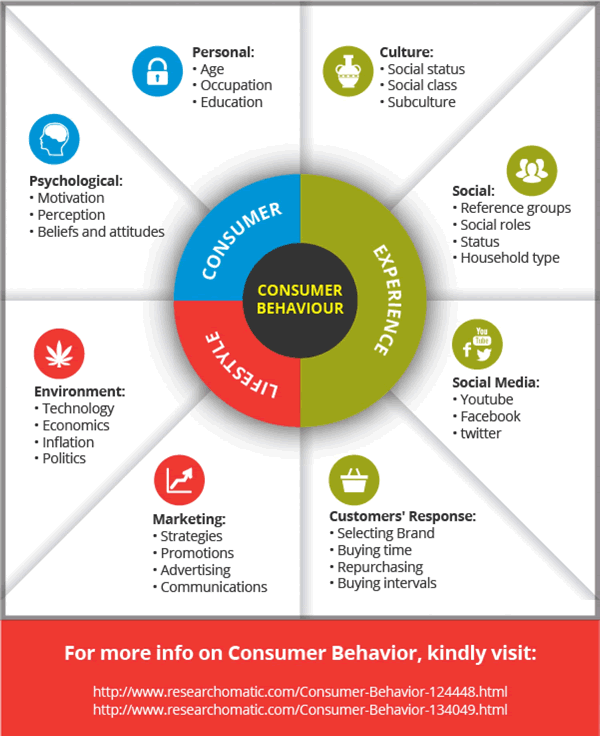 It’s time (online) marketers have a different approach towards optimization. Rather than only thinking in terms of tactics or siloed optimization, what if we focused more on consumer behavior and preferences?
It’s time (online) marketers have a different approach towards optimization. Rather than only thinking in terms of tactics or siloed optimization, what if we focused more on consumer behavior and preferences?
It doesn’t mean channels and tactics aren’t important. However, optimization is an ongoing process that looks at omni-channel behavior and preferences. Optimization is about people, experiences, emotions, simplicity, frictionless task fulfilment and continuity. It never ends.
What is often forgotten is that it’s also a connected “exercise”. The customer behavior and preferences don’t only show in (online) marketing interactions or task completions. They are everywhere, unfortunately still sitting far too much in silos.
What do people really want?
It’s crucial to understand what consumers really want. To understand what consumers want because we all are consumers and expect the same level of service and frictionsless experiences we want as consumers, even in our capacity of B2B buyers.
It’s the only way to have a holistic approach and optimize marketing ROI in a structured way. Knowing what customers really want is not a matter of placing ourselves in their shoes only. There are ample ways, often used in a customer journey mapping and customer experience management context, to get a full, data-driven picture that comes really close to the customer’s reality.
Understanding preferences and behavior, gathering intelligence from a variety of sources and – most of all – continuously acting upon them is what increases revenue and loyalty. And, even as a digital marketer, don’t just look at your data-driven marketing dashboards or the buyer personas you have created. Take the Voice of the Customer (VoC)into account and get quantitative and qualitative output. Get out to talk with real customers. Engage in real conversations, even giving your customers a call now and then, sending them a mail or just asking them questions whenever you meet them or have to chance to do so. The question as I mentioned in this example of how Kristin Zhivago truly listens to customers: do you really want to, even in the most simple ways. If you show interest for your customer’s pain points, challenges, preferences and passions, they’ll show interest for you.
What do people want you to know?
There are literally thousands of questions you can ask regarding the preferences and behavior of your customers.
And there is an increasing number of ways, channels, tools and methods to do so (don’t overlook the ‘simple’ yet effective ones that are really close to the customer as in the example just mentioned).
Last but not least: there are ample opportunities to look at what your customers want and/or ask them. It can happen in systematic ways, ad hoc but most certainly also in the context of each strategic project you implement that touches the customer: always involve him!
Here is a final piece of advice when you use a data-intensive approach towards understanding the customer: it’s not a matter of how much data nor how much relevant data, it’s a matter of data you need to make the lives of your customers and your optimization efforts better.
Fixing the leaks in your buckets and finding new opportunities in correlation with the optimization of the customer experience is never a bad thing.
To use the title of a famous book from Ram Charan once more: ask yourself what the customer (and his customer) WANTS you to know.
Below are some of the contextual elements – from a very long potential list – regarding consumer behavior and preferences.

Images purchased under license from Shutterstock

